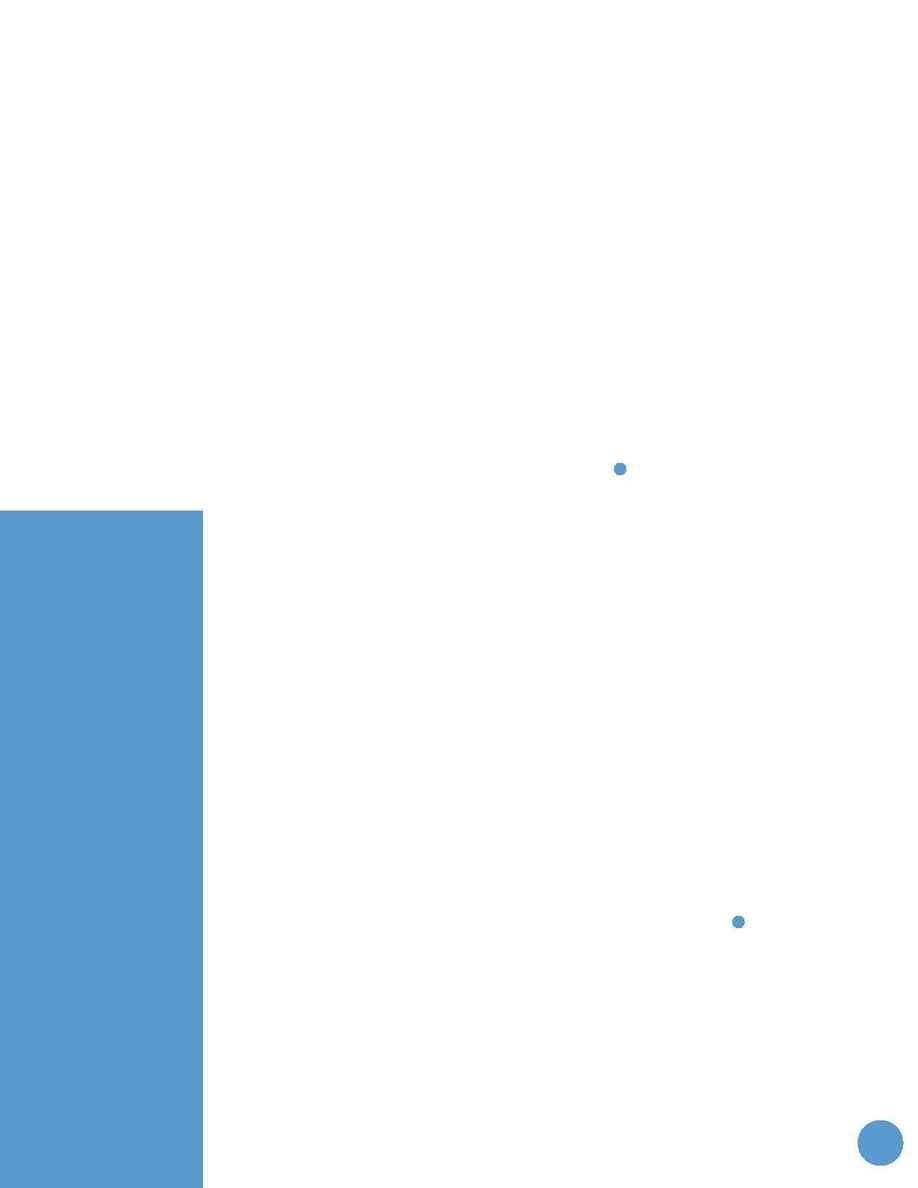
5
Successfully NAMING what you are learning
lays the foundation for making connections of
all kinds.Your CONNECTING skill rapidly
increases your ability to learn and retain what
you learn. Sometimes in your Study Guide,
CONNECTING activities are inserted within
the SmartNotes and other times they are after
the SmartNotes. Most creative brains seek
novelty. For that reason, you will see many
different kinds of activities included as
connectors.
A favorite connector is the Thinking Map.
An excellent way for your brain to make
connections is by building Thinking Maps.
Thinking Maps create pictures of what you
know using shapes, patterns, words, doodles
and connections of all kinds. Once again your
spatial intelligence has a chance to shine.
Thinking Maps make your thoughts visible so
that you can think about them in different
ways.They promote discussion and help you
explore specific topics in creative and organized
ways.You can use them as "roadmaps" to deeper
understanding. Because they tap into your
ability to create relationships among the
concepts you are learning,Thinking Maps are
powerful memory joggers. Once you can
picture how words and ideas fit together,
remembering them will become easier.
Thinking Maps appeal to the creative side
of your intellect as well as to your spatial
intelligence. For this reason, they are usually
enjoyable for students who are studying to be
designers and cosmetologists.These maps of
colors, pictures and symbols, when coupled
with words, create powerful associations in
your brain that will ensure better understanding
and recall.
Mindframe 3:
Connecting
The connections you are making need to stand
up to scrutiny, your own first of all.They need
to be challenged for accuracy and depth. In
the past, you may have regarded that as the job
of someone like me, a teacher or outsider.
No longer.That's what your own brain does
for you during SELF-CHECKING.Your brain
actually doubles back on itself and asks the
question: how well am I relating to this new
material? Do I know it well enough to
advance to the next step in my education and
professional development? The more skilled you
become at SELF-CHECKING, the more
prepared you will be to learn the rest of the
information in the chapter.
It offers a diagnostic check midway through
a chapter to validate and reinforce to yourself
that you really are learning, that much of
what you need to know is already in place.
SELF-CHECKING allows you to tell yourself
you're doing fine, to give yourself a pat on
the back.
It is also a quick reminder to go back and
pick up anything you missed along the way.
The better a student you become, the more you
will self-check automatically.You will know that
before you move forward you need to pause
and check your location.You pause to pay
attention to certain areas of the text you might
ordinarily skip. Remember the ways of learning
you avoid, your natural learning style tends
to skip what it considers unpleasant. SELF-
CHECKING cues your brain about possible
gaps that may exist and gives you time to fill
those gaps with new learning.
Mindframe 4:
Self-Checking
Sweaty
Palms
About two million
of the pores of your
skin are connected
to sweat-making
glands, which are
more concentrated
in certain skin
areas. Here is a
test to help locate
yours.
You will need:
· Iodine Solution
· End Papers
· 1/2 cup water
· 2 teaspoons
cornstarch
Mix well.
1. Make some test
papers by using
end papers.
Dip them in the
cornstarch
solution.
Let them dry.
2. Paint your palm
with iodine.
3. Do something to
work up a sweat.
4. Press the paper
to your painted
palm. Sweat
glands will show
up as dark spots.
